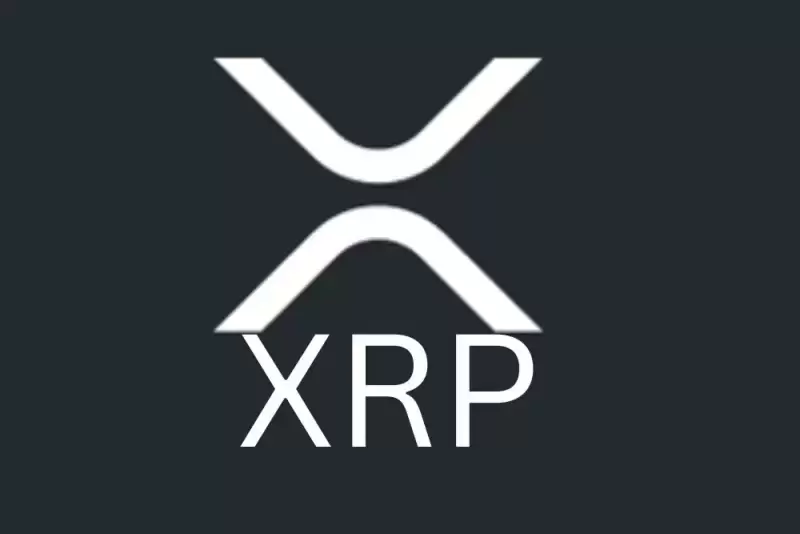 |
|
 |
|
 |
|
 |
|
 |
|
 |
|
 |
|
 |
|
 |
|
 |
|
 |
|
 |
|
 |
|
 |
|
 |
|
Cryptocurrency News Articles
CRAM: A New Chip Design That Could Reduce the Power Consumption of AI Protocols by Orders of Magnitude
Aug 12, 2024 at 07:03 pm
Artificial Intelligence (AI) continues to power the 4th industrial revolution, alongside its energy demands. Today, anyone can access advanced AI tools

Artificial Intelligence (AI) continues to power the 4th industrial revolution, alongside its energy demands. Today, anyone can access advanced AI tools and integrate them into their systems to improve efficiency and reduce workload. The energy required to power these algorithms increases as the demand for AI applications increases. As such, environmentalists are already pointing out sustainability concerns surrounding the tech. Thankfully, a team of researchers has created a highly efficient alternative. Here's what you need to know.
Growing AI Energy Demands Creating an Energy Crisis
New AI systems continue to launch at an increasing frequency. The most recent global energy use forecast predicts that AI energy consumption will double from 460 terawatt-hours (TWh) in 2022 to 1,000 TWh by 2026. These protocols include recommenders, large language models (LLMs), image and video processing and creation, Web3 services, and more.
According to the researcher's study, AI systems require data transference that equates to “200 times the energy used for computation when reading three 64-bit source operands from and writing one 64-bit destination operand to an off-chip main memory.” As such, reducing energy consumption for artificial intelligence (AI) computing applications is a prime concern for developers who will need to overcome this roadblock to achieve large-scale adoption and mature the tech.
Thankfully, a group of innovative engineers from the University of Minnesota have stepped up with a possible solution that could reduce the power consumption of AI protocols by orders of magnitude. To accomplish this task, the researchers introduce a new chip design that improves on the Von Neumann Architecture found in most chips today.
Von Neumann Architecture
John von Neumann revolutionized the computer sector in 1945 when he separated logic and memory units, enabling more efficient computing at the time. In this arrangement, the logic and data are stored in different physical locations. His invention improved performance because it allowed both to be accessed simultaneously.
Today, most computers still use the Von Neuman structure with your HD storing your programs and the random access memory (RAM) housing programming instructions and temporary data. Today's RAM accomplishes this task using various methods including DRAM, which leverages capacitors, and SRAM, which has multiple circuits.
Notably, this structure worked great for decades. However, the constant transfer of data between logic and memory requires lots of energy. This energy transfer increases as data requirements and computational load increase. As such, it creates a performance bottleneck that limits efficiency as computing power increases.
Attempted Improvements on Energy Demands
Over the years, many attempts have been made to improve Von Neumann's architecture. These attempts have created different variations of the memory process with the goal of bringing the two actions closer physically. Currently, the three main variations include.
Near-memory Processing
This upgrade moves logic physically closer to memory. This was accomplished using a 3D-stacked infrastructure. Moving the logic closer reduced the distance and energy needed to transfer the data required to power computations. This architecture provided improved efficiency.
In-memory Computing
Another current method of improving computational architecture is in-memory computing. Notably, there are two variations of this style of chip. The original integrates clusters of logic next to the memory on a single chip. This deployment enables the elimination of transistors used in predecessors. However, there are many who consider this method not “true” to the in-memory structure because it still has separate memory locations, which means that initial performance issues that resulted from the data transfer exist, albeit on a smaller scale.
True In-memory
The final type of chip architecture is “true in-memory.” To qualify as this type of architecture, the memory needs to perform computations directly. This structure enhances capabilities and performance because the data for logic operations remains in its location. The researcher's latest version of true in-memory architecture is CRAM.
(CRAM)
Computational random-access memory (CRAM) enables true in-memory computations as the data is processed within the same array. The researchers modified a standard 1T1M STT-MRAM architecture to make CRAM possible. The CRAM layout integrates micro transistors into each cell and builds on the magnetic tunnel junction-based CPUs.
This approach provides better control and performance. The team then stacked an additional transistor, logic line (LL), and logic bit line (LBL) in each cell, enabling real-time computation within the same memory bank.
History of CRAM
Today's AI systems require a new structure that can meet their computational demands without diminishing sustainability concerns. Recognizing this demand, engineers decided to delve deep into CRAM capabilities for the first time. Their results were published in the NPJ scientific journal under the report “Experimental demonstration of magnetic tunnel junction-based computational random-access memory.”
The first CRAM leveraged an MTJ device structure. These spintronic devices improved on previous storage methods by using electron spin rather than transistors to transfer and store
Disclaimer:info@kdj.com
The information provided is not trading advice. kdj.com does not assume any responsibility for any investments made based on the information provided in this article. Cryptocurrencies are highly volatile and it is highly recommended that you invest with caution after thorough research!
If you believe that the content used on this website infringes your copyright, please contact us immediately (info@kdj.com) and we will delete it promptly.
-

-
![VanEck applied to introduce the first U.S.-based BNB ETF that tracked the Binance Coin [BNB] VanEck applied to introduce the first U.S.-based BNB ETF that tracked the Binance Coin [BNB]](/assets/pc/images/moren/280_160.png)
- VanEck applied to introduce the first U.S.-based BNB ETF that tracked the Binance Coin [BNB]
- Apr 04, 2025 at 05:40 am
- This filing, as of press time, was awaiting U.S. Securities and Exchange Commission (SEC) approval, which would pave the way for mainstream acceptance of more altcoins by traditional financial institutions.
-

-

-

- ExoraPad ($EXP), an innovative AI-powered launchpad exclusively developed for the XRP Ledger (XRPL), has reached an impressive milestone
- Apr 04, 2025 at 05:30 am
- CORK, Ireland, April 03, 2025 (GLOBE NEWSWIRE) -- ExoraPad ($EXP), an innovative AI-powered launchpad exclusively developed for the XRP Ledger (XRPL), has reached an impressive milestone
-

-

-

- As US Treasury yields hit 6-month lows, Bitcoin (BTC) price may be poised for a breakout
- Apr 04, 2025 at 05:25 am
- On April 3, yields on long-term US government debt fell to their lowest levels in six months as investors reacted to growing concerns over the global trade war and the weakening of the US dollar.
-

- Bitcoin (BTC) is nearing a bearish “death cross” pattern as its price slides lower on news of U.S. President Donald Trump’s latest trade tariffs.
- Apr 04, 2025 at 05:20 am
- Bitcoin, the leading cryptocurrency by market capitalization, is currently trading right around $80000, having fallen about 5% in the past 24 hours.




















































![VanEck applied to introduce the first U.S.-based BNB ETF that tracked the Binance Coin [BNB] VanEck applied to introduce the first U.S.-based BNB ETF that tracked the Binance Coin [BNB]](/uploads/2025/04/04/cryptocurrencies-news/articles/vaneck-applied-introduce-based-bnb-etf-tracked-binance-coin-bnb/middle_800_480.webp)





